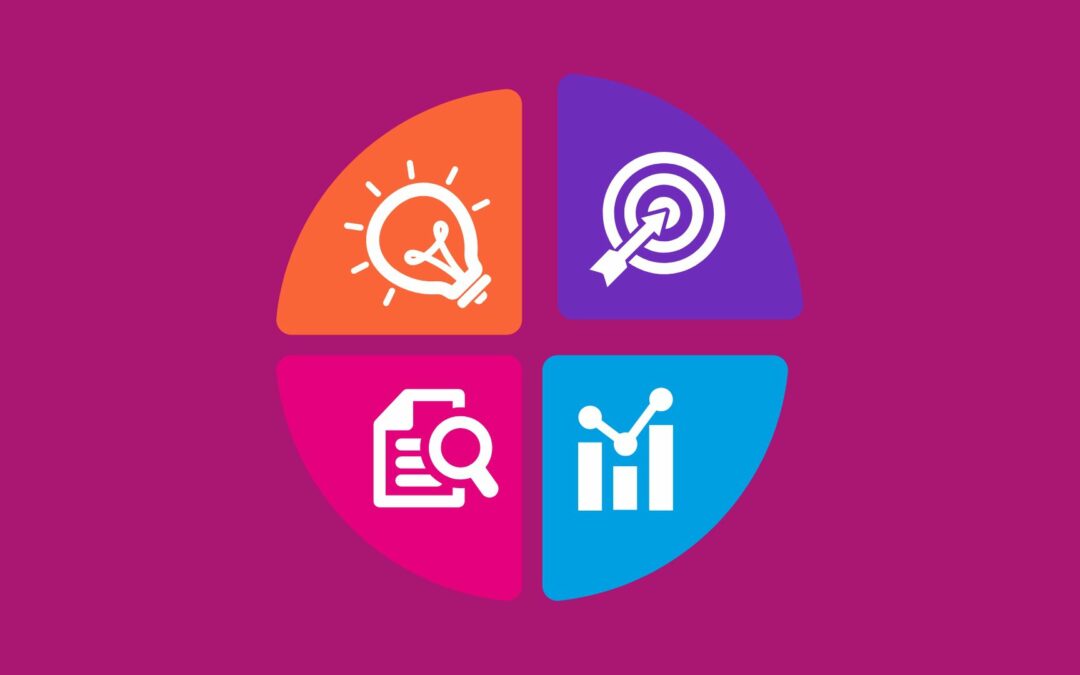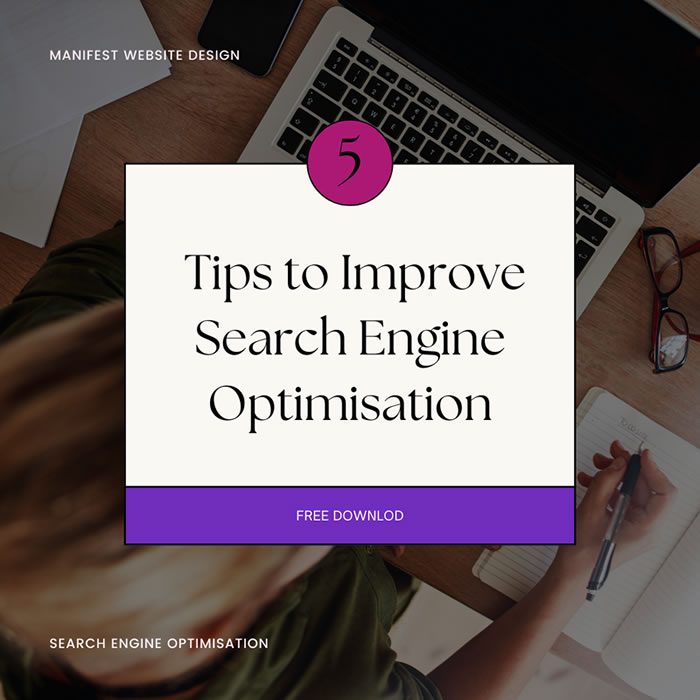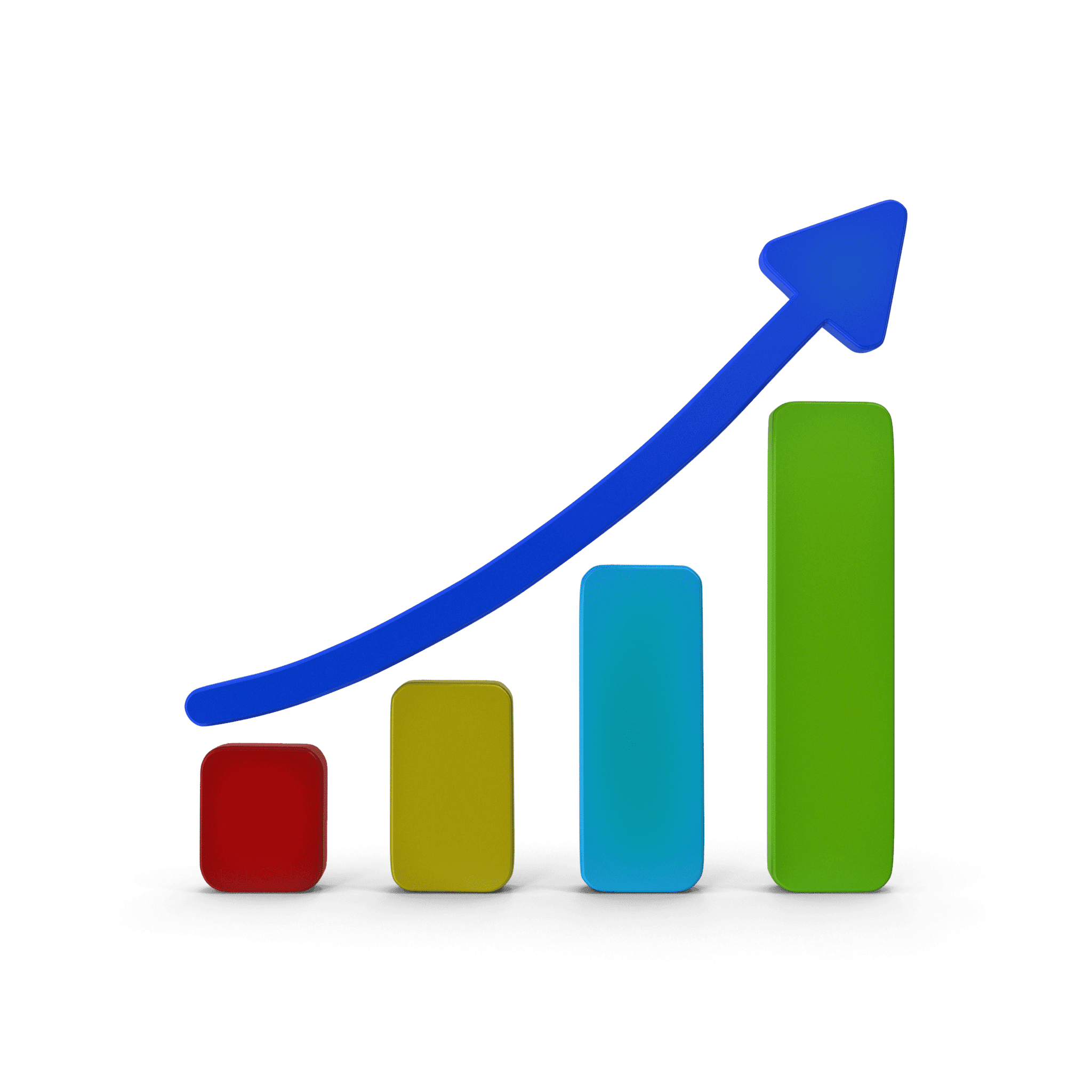14 Leading and Lagging Marketing Goals
In marketing, we often chase numbers as if they’re the Holy Grail. It’s a tantalising idea that some goals or metrics can give you the full picture, that there’s a secret formula waiting to be unlocked. But marketing isn’t that simple. People get hung up on things like conversion rates or social media followers, thinking that these numbers are tell-all indicators of success – when they’re just part of the story.
You can’t gauge the success of a marketing strategy by one or two metrics alone. It’s a misconception that’s as widespread as it is misleading. It’s tempting to think that there’s a shortcut to understanding your market or your audience, but the truth is, there’s not. It requires a nuanced and comprehensive approach that looks at a range of indicators, both leading and lagging, qualitative and quantitative.
So what are the best leading and lagging marketing performance indicators?
Some top leading metrics are social media engagement, subscriber growth rate, number of campaigns, chatbot support inquiries, click-through rates (CTR) on pay-per-click (PPC) ads, A/B test results, and number of optimised landing pages.
As for lagging metrics, take a look at overall sales revenue, email open rates, return on advertising spend (ROAS), customer satisfaction rates, cost per acquisition (CPA), conversion rate, and ranking on target keywords.
What Are the Best Leading and Lagging Marketing Performance Indicators?
Leading and lagging indicators are key metrics that help a business owner understand and manage marketing performance. Leading indicators are predictive measures that give early signs of future success, such as web traffic or new leads, allowing you to make proactive decisions.
Lagging indicators, on the other hand, show how well you’ve performed in the past, such as sales revenue or customer retention rates, providing a concrete evaluation of your strategies.
In short, leading indicators help you steer the business in the right direction, while lagging indicators tell you if you reached your desired destination. Both are essential for effective marketing and business growth.
7 Examples of Leading Indicators
1. Social Media Engagement
Gauge the temperature of your audience’s interest in your brand. High levels of likes, comments, shares, or retweets show people’s curiosity and connection. Some would say this is a vanity metric, but I beg to differ. It’s about understanding whether people care about what you’re saying. Engagement gives you a real-time connection to what resonates and what falls flat. It’s raw, unfiltered feedback.
2. Subscriber Growth Rate
Are people signing up? Then you’re providing value. If not, something’s wrong.
Building an email list or increasing followers on a platform can be a slow and laborious task. But the numbers can be telling as they represent a breadcrumb trail leading to a potential feast of results.
3. Number of Advertising Campaigns
Quantity doesn’t mean quality. Multiple campaigns might show ambition, but they can also indicate a lack of focus. You’ve got to be careful not to overextend or lose focus.
Pro tip: More advertising campaigns don’t necessarily mean better outcomes, but they can be a sign of an expanding business and greater market reach.
4. Chatbot Support Inquiries
What are people asking? What are they confused about?
The number and nature of inquiries can reveal what’s working and what’s confusing for customers. It’s like a crystal ball into the customer experience. Addressing those inquiries and making the necessary changes ensures that the future of your brand looks a bit brighter.
5. CTR on PPC Ads
Click-through rates show what’s working in real-time. High CTR means the message is resonating; low CTR could signal a disconnect. It’s a living, breathing metric that tells you – live, by the way – how your ads are performing.
6. A/B Tests
I used to find A/B tests completely unnecessary, but after years of being in the digital marketing industry, I’ve come to terms with how non-negotiable these are to a content strategy. You need to let go of your ego, put your ideas to the test, and let the results speak for themselves.
A/B tests are like mini-experiments that allow you to peek into alternate realities. What if you change a headline, a color, or an image? What if this hook is better than another? Maybe our audience prefers video over static posts? These tests offer evidence of what could be, guiding your next steps and sometimes even surprising you with unexpected discoveries. You would typically have one control set versus a challenger (variable) set.
7. Optimised Landing Pages
It doesn’t matter how pretty your website looks. If it isn’t optimised to transform curiosity into conversion, you won’t get the sales you’re looking for. A well-optimised landing page gets people where they need to go without confusion or distraction.
Pro tip: Confused people don’t buy.
7 Examples of Lagging Indicators
1. Overall Sales Revenue
Money talks. Sales revenue is the ultimate metric to show if your marketing strategies are working. It’s after the fact, so it won’t help you predict the future, but it’s a clear indicator of past success or failure.
This is the cumulative income from a product or service after all discounts, returns, and allowances have been deducted. Monitoring sales revenue helps in assessing which products are performing well and which need revisiting (or perhaps discarding).
2. Email Open Rates
Email open rates signify the percentage of recipients who opened an email. It gives insights into the effectiveness of your email subject lines, timing, and targeting. However, as it only provides information after emails have been sent and opened, it serves as a lagging indicator for refining future strategies rather than adapting current ones.
3. Return on Advertising Spend (ROAS)
ROAS measures the gross revenue generated for every dollar spent on advertising. It’s essential for understanding the effectiveness of different advertising channels and campaigns. The thing is, it can’t be accurately measured until a campaign has run its course, making it a lagging indicator. It’s a bottom-line number that helps you see if your investment paid off.
4. Customer Satisfaction Rates
Happy customers are vital, but by the time you measure satisfaction, the customer’s experience has already happened.
This marketing metric is measured through surveys, feedback forms, or online reviews, customer satisfaction rates provide insight into how satisfied customers are with your product or service.
5. Cost Per Acquisition (CPA)
How much did it cost to acquire each customer? Your answer would help with budgeting and understanding past campaign efficiency, but it won’t guide immediate strategy.
6. Conversion Rate
As mentioned, the conversion rate represents the percentage of visitors to your website or landing page that completed a desired action. This involves assessing the effectiveness of calls-to-action, page design, and overall user experience. Take note: It doesn’t tell you how to get more conversions in the future, but it does tell you how well you did in the past.
7. Ranking on Target Keywords
Where do you rank on the search engine results for the keywords that matter to your business? Your rankings are a critical gauge of SEO success, reflecting the effectiveness of your content and backlink strategies. Since rankings are affected by numerous factors and often change gradually, this is a marketing metric that will take you months of effort before you see it skyrocket.
Related articles:
Best AI Tools for Small Businesses
What Is CRM? Definition + Business Benefits
What Is a Digital Marketing Agency?
Marketing Metrics: The Difference Between Leading and Lagging Indicators
Leading and lagging marketing performance indicators are like the yin and yang of measuring campaign success. Leading metrics tell you where you’re likely to end up before you actually get there, whereas lagging metrics are historical measures that tell you how you’ve performed in the past.
In other words, the dynamic nature of digital marketing requires both a strong vision of what’s coming (leading) and a solid understanding of what has worked or not worked in the past (lagging). By leveraging these two types of indicators, you can make more informed decisions and steer your marketing strategies in the right direction.
Here are some examples:
|
Leading Goal |
Lagging Goal |
|
Post 4 pieces of SEO-friendly content every week |
Generate 10k unique page views this month |
|
Increase social media engagement by 15% in two weeks |
Increase sales by 10% this quarter |
|
Grow email subscription list by 1000 subscribers this month |
Increase email open rates by 5% this year |
|
Launch 3 new advertising campaigns this quarter |
Achieve a 10:1 Return on Advertising Spend (ROAS) |
|
Implement chatbot support on the website within 30 days |
Increase customer service satisfaction by 10% |
|
Increase CTR on PPC ads by 2% this month |
Reduce Cost Per Acquisition (CPA) by 10% this quarter |
|
Run 10 A/B tests on landing pages over the next 2 months |
Increase email conversion rates by 5% over the next quarter |
|
Optimise on-page SEO for 10 main product pages this month |
Rank on the first page for 3 targeted keywords within 6 months |
Pro tip: Leading indicators are typically within your control and are more process-oriented, and lagging indicators are outcomes that you hope to achieve through those processes.
Related articles:
The World Wide Web of Woes: Only Two Problems That Really Matter
17 Ways to Leverage AI in Digital Marketing
Why Humans (Not AI) Remain the Heart of Digital Marketing
Lead, Don’t Lag: Invest in the Marketing Metrics That Matter
These leading and lagging goals emphasise different aspects of digital marketing, from content creation to SEO, social media engagement, advertising, and customer relationship management. Each metric helps you connect the dots between what you’re doing now and the results you want to achieve.
If you’re looking for guidance on this journey, that’s where we come in. At Manifest Website Design, we don’t just build websites. We build marketing strategies that make sense for you and your unique business. No cookie-cutter solutions, no jargon – just real, effective campaigns that convert. So if you’re tired of playing the numbers game, look at what our services can do for you.

JILLIAN BRANDON
About the Author
Jillian has over 30 years of experience in technology, programming, and digital marketing. Her work with the stock exchange in Australia, as well as other large corporations, has given her invaluable business expertise.
At Manifest Website Design, she helps goal-driven entrepreneurs build their business, regardless of size and industry, using the power of the internet. She’ll walk alongside you every step of the way, making sure that your website is running smoothly, and most importantly, generating leads. Connect with her on LinkedIn.




